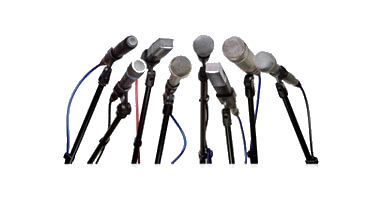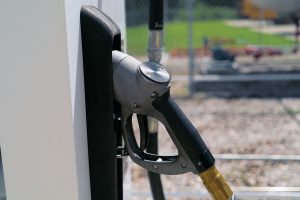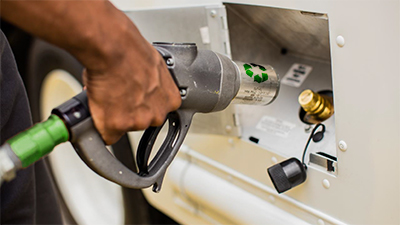Electric Vehicles: Making the Run for the Final Four
There’s a lot of buzz around NCAA March Madness and the race for the Final Four. In the alt fuel’s bracket, we know propane autogas will make it, but do electric vehicles have a shot?
Before electric vehicles become mainstream for commercial applications, there are obstacles that must be addressed so that the fleets get the experience they need to support their business. The incremental cost of EVs is still extremely high requiring significant subsidy to show a return on investment. The lifecycle of the batteries in these commercial applications is unknown. There aren’t enough charging stations. More OEM involvement is needed. The current electric grid has limited capacity, which makes it challenging to meet consistent demand. What kind of infrastructure investment is required by the utilities? How will the current grid handle thousands of energy hungry commercial vehicles?
As mentioned, the incremental cost is high especially as it relates to the return on investment from an environmental perspective. For example, in a dollar-for-dollar comparison of Type C school buses, propane autogas cost $106 per pound of NOx reduced and electric buses cost $268 per pound of NOx reduced. (Compare that to diesel, which cost $1,330 per pound of NOx reduced.) These calculations assume the full cost to deploy the cleanest commercially available Type C buses for each fuel type based on emission calculations from the 2016 ANL AFLEET Tool.
We should be bullish on the long-term prospect of electric vehicles taking a larger share of the commercial vehicle market. In the last five-plus years, battery prices have decreased 77 percent and new vehicle-to-grid technology allows the electric vehicle batteries themselves to store energy, meaning they can charge and discharge electricity to and from the grid. Innovation and investment will continue to occur that will eventually drive a more favorable total cost of ownership without subsidy.
In the interim, we should not force a one-size-fits-all mentality into the market. Let’s leverage the advancements we have made in higher efficiency internal combustion engines and the decade’s worth of supply of natural gas and propane to help fleets achieve their financial and environmental goals.
It will take all energy sources for us to accomplish our mission of fiscally responsible energy independence. As your plans evolve, let us know how we can help. Roush has more than 40 years of experience in alternative forms of propulsion, and we are excited to be a part of your Final Four run.
Enjoy March Madness and the start of Spring!














